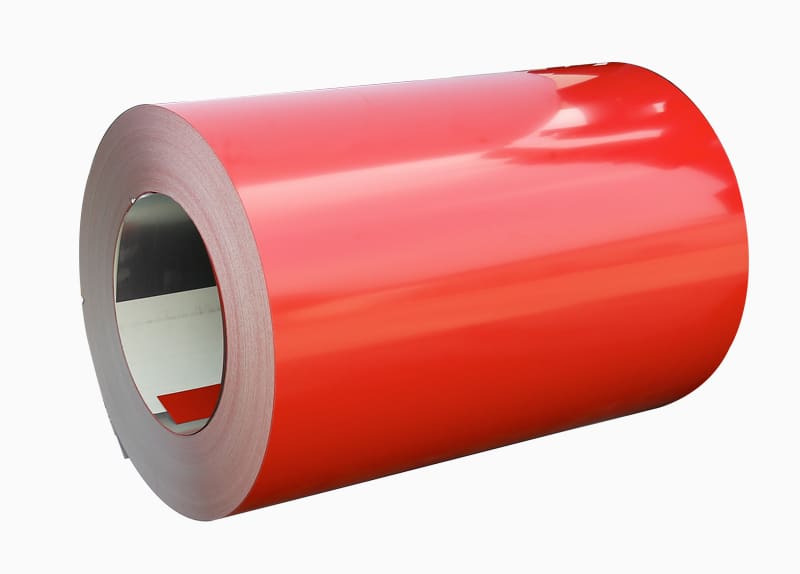When using color-coated rolls, we have to see if it meets our requirements, so as not to cause unnecessary troubles and waste resources and funds. Generally, we need to pay attention to two aspects when using:
The choice of substrate (compressive strength of the substrate, hot-dip galvanizing and surface casting, etc.), the choice of architectural coatings.
In order to further understand the corrosion resistance of color-coated rolls, so that the zinc layer on the surface is not in direct contact with the air, and to increase the color of the surface, it must be painted. That is to say, according to the main purpose, it is necessary to select the appropriate substrate and architectural coating, and adopt a moderate painting method to produce a color-coated roll that meets the requirements.
In order to make the architectural coating and the surface of the galvanized steel sheet have good adhesion, it is necessary to carry out organic chemical treatment on the surface of the hot-dip galvanized steel. First, clean up the oil and dirt adhering to the surface of the galvanized steel sheet, otherwise it will affect the adhesion of the coating, so it needs to be deoiled and cleaned. Subsequent to organic chemical conversion treatment, the usual method is to produce a layer of composite compound on the hot-dip galvanized surface, or to perform a phosphate treatment. The former has good paint adhesion, while the latter has good corrosion resistance. After the organic chemical conversion treatment, adequate drying should be performed, and the paint should be painted in a state that can contain moisture in the body.
Color-coated coil has light weight, beautiful appearance and good corrosion resistance, and can be directly processed. It provides a new type of raw material for the construction industry, shipbuilding industry, car processing industry, home improvement industry, electrical equipment industry, etc. Substituting steel for wood, high-efficiency engineering construction, saving resources, avoiding pollution and other good effects.





